Discover the secrets of ancient Scythian craftsmanship and uncover a fashion masterpiece that has endured for millennia.
In the heart of the Altai Mountains, a remarkable discovery has captivated historians and fashion enthusiasts alike. A 2,300-year-old Scythian woman’s boot, adorned with intricate beadwork and preserved in near-perfect condition, offers a glimpse into the sophisticated style and craftsmanship of this nomadic ancient civilization.
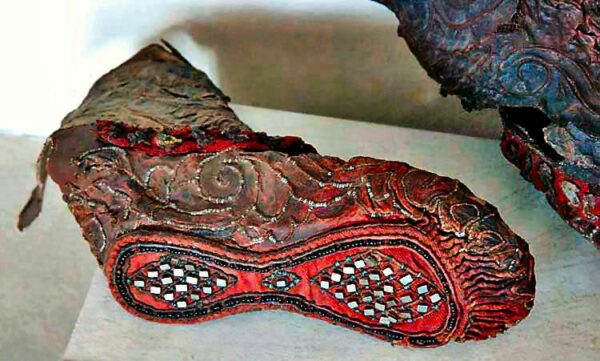
Source: State Hermitage Museum: Southern Siberia/Pazyryk
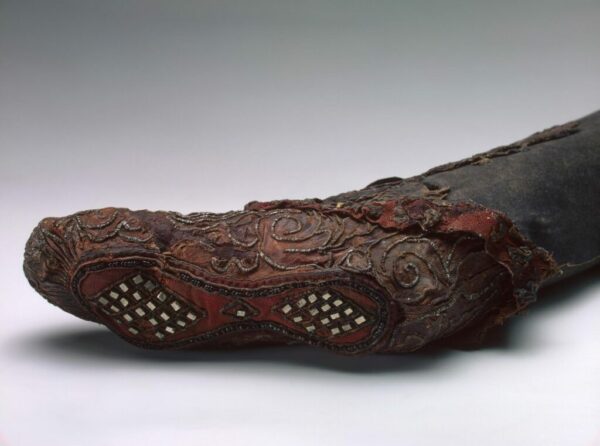
Unearthed in 1948, the boot is believed to have belonged to a high-ranking woman, possibly due to its exceptional quality and ornate design. The sole, crafted from soft red leather, features a geometric pattern embellished

Approximate extent of Scythia, 1st century BCE. (Photo: Dbachmann via Wikimedia Commons)
with pyrite crystals and black beads. The meticulous attention to detail and the use of precious materials suggest that this boot was not merely a functional item, but a symbol of status and wealth.
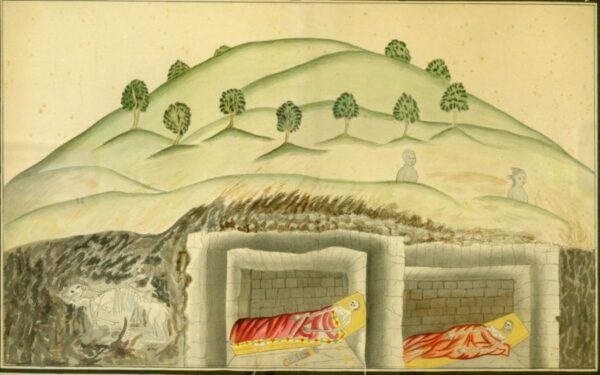
18th-century watercolor illustration of a Scythian burial mound. Archive of the Institute of Archaeology of the Russian Academy of Sciences, St Petersburg
Preserved by the permafrost of the Altai Mountains, the boot provides invaluable insights into Scythian culture and fashion. The Scythians were a nomadic people who roamed the Eurasian steppe, leaving behind a rich legacy of art, metalwork, and burial practices. Their burial rituals, which included placing the deceased with their possessions and horses, ensured the preservation of many artifacts for centuries to come.
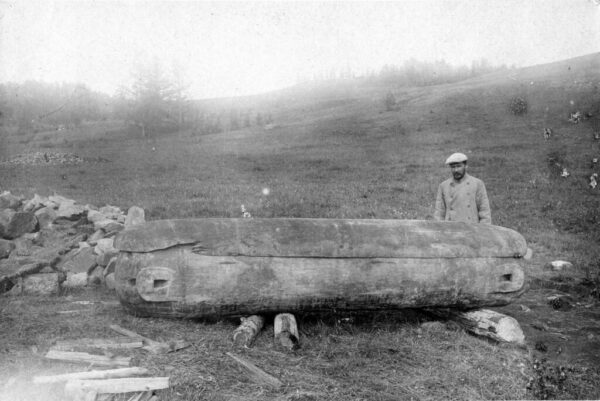
Log coffin from burial mound at Pazyryk, 1929. Archive of the Institute for the History of Material Culture, St Petersburg.
The boot’s discovery has sparked a great deal of interest and speculation among historians and fashion experts. Some believe that it was specifically made for burial, while others suggest that it may have been worn by a woman who did not need to walk much. The intricate beadwork on the sole, which would have been visible when the wearer was sitting, highlights the importance of appearance and self-expression in Scythian society.

Reconstruction of horse trappings from Scythian royal burials in the Pazyryk-Altai area, 5th century BC.
The discovery of this stunning boot is a testament to the enduring power of fashion and the ingenuity of ancient civilizations. It serves as a reminder that even in the face of time, beauty and craftsmanship can transcend generations.

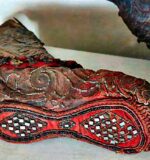



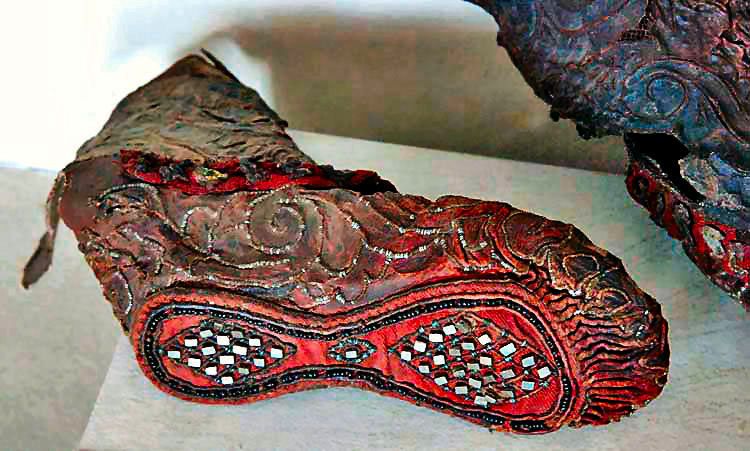


 Photographer Finds Locations Of 1960s Postcards To See How They Look Today, And The Difference Is Unbelievable
Photographer Finds Locations Of 1960s Postcards To See How They Look Today, And The Difference Is Unbelievable  Hij zet 3 IKEA kastjes tegen elkaar aan en maakt dit voor zijn vrouw…Wat een gaaf resultaat!!
Hij zet 3 IKEA kastjes tegen elkaar aan en maakt dit voor zijn vrouw…Wat een gaaf resultaat!!  Scientists Discover 512-Year-Old Shark, Which Would Be The Oldest Living Vertebrate On The Planet
Scientists Discover 512-Year-Old Shark, Which Would Be The Oldest Living Vertebrate On The Planet  Hus til salg er kun 22 kvadratmeter – men vent til du ser det indvendigt
Hus til salg er kun 22 kvadratmeter – men vent til du ser det indvendigt  Superknepet – så blir snuskiga ugnsformen som ny igen!
Superknepet – så blir snuskiga ugnsformen som ny igen!  Meteorite That Recently Fell in Somalia Turns Out to Contain Two Minerals Never Before Seen on Earth
Meteorite That Recently Fell in Somalia Turns Out to Contain Two Minerals Never Before Seen on Earth  Nearly Frozen Waves Captured On Camera By Nantucket Photographer
Nearly Frozen Waves Captured On Camera By Nantucket Photographer  It’s Official: Astronomers Have Discovered another Earth
It’s Official: Astronomers Have Discovered another Earth 